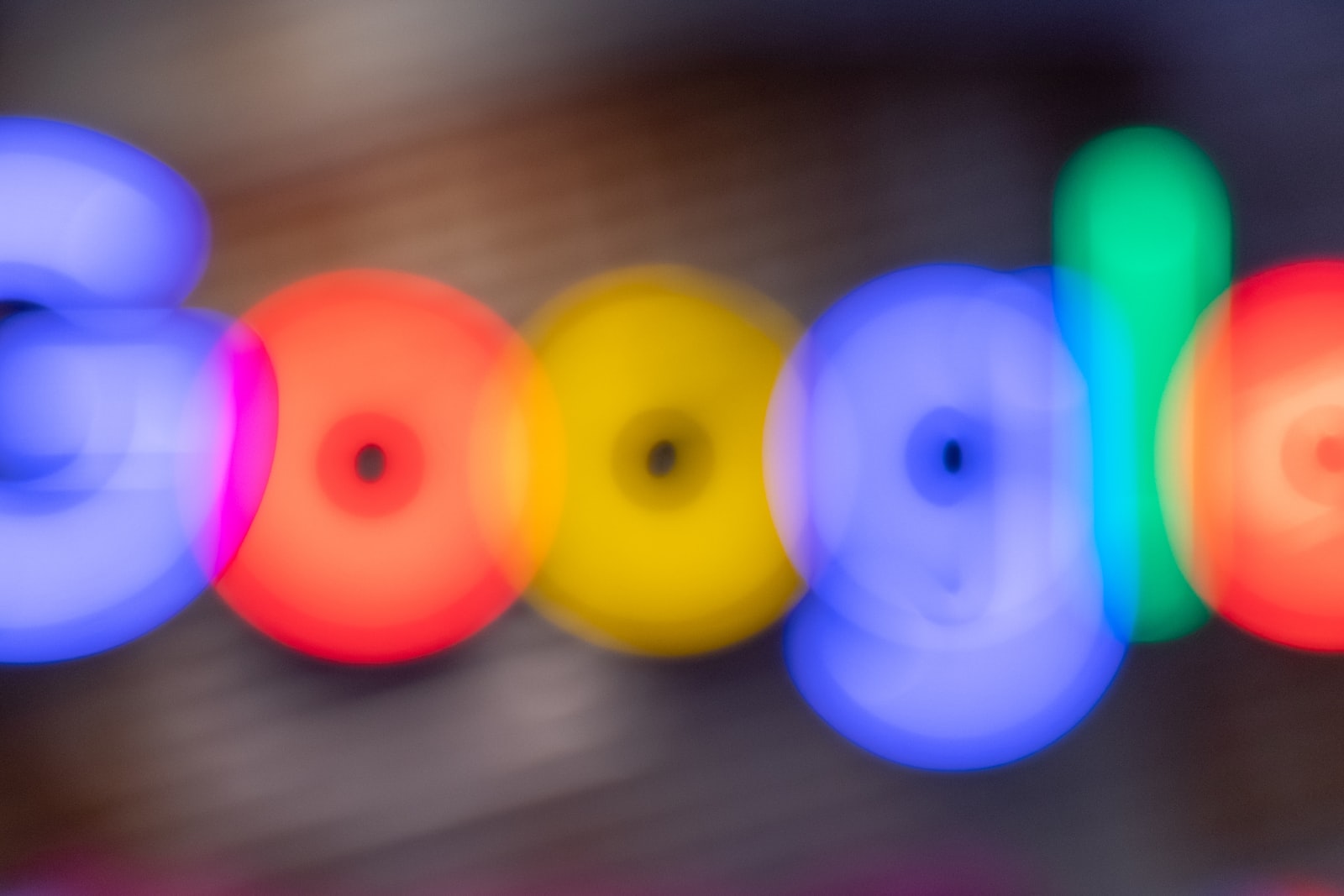Are you tired of being stuck on page 10 of Google’s search results? Do you dream of seeing your website at the top of the list? Look no further – on-page optimisation is here to save the day!
But what is on-page optimisation, you ask? Simply put, it’s the process of making sure your website is as search engine friendly as possible. This includes everything from the words on your pages to the way your website is structured. By optimising these elements, you can improve the visibility and ranking of your website in search results.
So, where do you start? There are several key areas you should focus on to optimise your website for search engines. Let’s dive into each one in more detail:
Title tags and meta descriptions
Title tags and meta descriptions are the snippets of text that appear in the search results to give users an idea of what your website is about. These tags are an important part of on-page optimisation because they give search engines a clear understanding of your website’s content and can influence whether users click on your link.To optimise your title tags, make sure to include your main keywords at the beginning of the tag. Keep the tag concise and avoid stuffing it full of keywords, as this can make it look spammy and may discourage users from clicking. Aim for a title tag that is around 50-60 characters long, as this is typically the maximum length that will be displayed in search results.
Meta descriptions are similar to title tags, but they provide a more detailed overview of your website’s content. These tags are not a ranking factor, but they can still influence whether users click on your link. Like title tags, make sure to include your main keywords in your meta descriptions and keep them concise and to the point. Aim for a meta description that is around 150-160 characters long.
Headings and subheadings
Headings and subheadings are used to break up your content and make it easier for users to scan and read. They also help search engines understand the main topics of your page.To optimise your headings, use descriptive, keyword-rich text that accurately reflects the content of your page. Make sure to include your main keywords in your headings, but don’t overdo it. It’s important to maintain a natural, readable flow in your headings and avoid stuffing them full of keywords.
There are several types of headings you can use, ranging from H1 (the main heading of your page) to H6 (the lowest level of heading). It’s important to use a hierarchy of headings to give structure to your content and help search engines understand the relationships between different sections of your page.
Content
High-quality, relevant content is crucial for on-page optimisation. Not only does it provide value to users, but it also gives search engines a clear understanding of what your website is about.To optimise your content, make sure to include your main keywords throughout the text. However, don’t sacrifice readability for the sake of keyword stuffing. Google’s algorithms are getting smarter every day and can easily spot low-quality, spammy content.
Quality, relevant content is crucial for on-page optimisation. Make sure to include your main keywords throughout your content, but don’t sacrifice readability for the sake of keyword stuffing. Google’s algorithms are getting smarter every day and can easily spot low-quality, spammy content. Aim for at least 300 words of content per page and make sure to include plenty of internal and external links to provide additional context and credibility.





